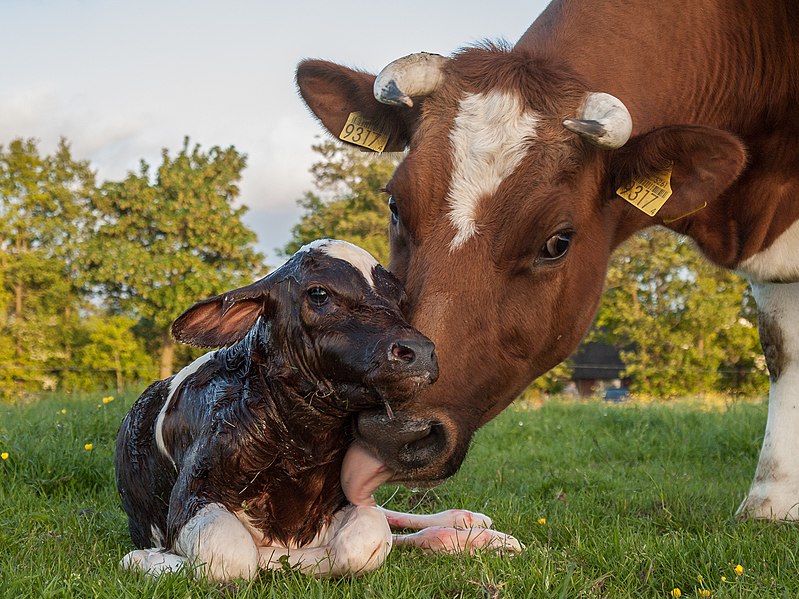Part cow, part… bacterium? Biotech company makes heifer of gene-editing blunder
Date: 6.9.2019
A Minnesota-based gene-editing company is left red in the face after it took on bull genetics – and got slammed.
 The company, Recombinetics, set out years ago to genetically engineer Holstein dairy cattle to come without their troublesome horns, which farmers typically remove to keep themselves and other cows safe. In 2015, the company seemed to have succeeded, unveiling two hornless bulls, Spotigy and Buri. Recombinetics touted them as a bona fide, 100%-bovine success story.
The company, Recombinetics, set out years ago to genetically engineer Holstein dairy cattle to come without their troublesome horns, which farmers typically remove to keep themselves and other cows safe. In 2015, the company seemed to have succeeded, unveiling two hornless bulls, Spotigy and Buri. Recombinetics touted them as a bona fide, 100%-bovine success story.
Though Spotigy was sacrificed for research, Buri lived on to sire 17 offspring – one of whom graced the cover of Wired, as MIT Technology Review notes. And, until just a few months ago, Brazil was set to create a herd of hornless Holsteins from shipments of Buri’s sperm, Wired reported.
But the plans were bucked after scientists at the Food and Drug Administration stumbled upon an utterly damning find earlier this year – Buri isn't all bull: he's a wee bit bacterium.
When Recombinetics edited the cow cells that would later give rise to Buri, the company did so using bacterial DNA-editing machinery – which inadvertently got stitched into Buri's genome.
Recombinetics' scientists used a standard method to get the TALENs into the cow cells – they delivered the TALENs via a loop of bacterial DNA called a plasmid. Usually, after the plasmid-encoded TALENs do their snipping, the plasmid's work is done and it doesn't hang around. But in Buri's case, the whole plasmid ended up inserting itself into the bull's genome, right next to the inserted stretch of DNA for hornlessness.






















